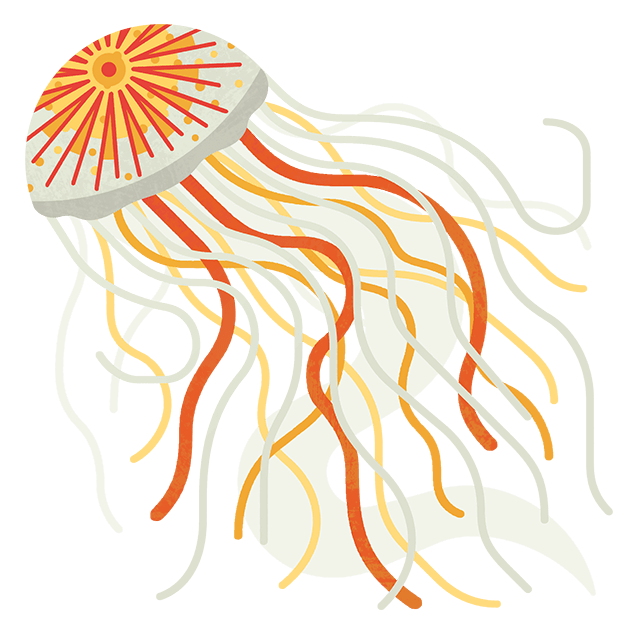
Skomer Island: A marine conservation success story
3 minute read
Skomer Island is a well known jewel in Wales’ crown, sitting among the Pembrokeshire archipelago. But hiding under the surrounding waters are even greater treasures...
Underwater treasures of Skomer Island
Designated as a Marine Nature Reserve in 1990, the 1,400 hectares of seabed around Skomer and Marloes peninsula became an MCZ in 2014. Located where warm waters from the Gulf Stream meet cold water currents from the Arctic, it creates unique conditions for Welsh marine life.
With access to deep water and shelter from westerly winds, Skomer Island provides a great place to feed for all manner of marine life, from seabirds and seals to dolphins, harbour porpoise, sea sponges, anenomes and soft corals, and even 65 types of sea slug.
Warm water species such as pink sea fans and scarlet and gold cup corals, more common to the Mediterranean, can be found around Skomer. Species also more common in northern waters reach their southerly limits at Skomer, like the sunstar – a type of starfish with short arms that look like sun rays.
The MCZ is monitored by Natural Resources Wales, assisted by volunteer divers. Since the designation, a monitoring programme has been developed and Skomer MCZ is now home to the UK’s most comprehensive series of marine monitoring projects at a single location. Species and habitats surveyed include pink sea fans, sponge communities, sediment communities, eelgrass and scallop populations.
A globally important hotspot for seabirds
On land, Skomer Island is also designated for its globally-important seabird population. The absence of ground predators like rats and foxes makes Skomer a perfect breeding area for many seabirds and other species like the rare Chough (bran goesgoch in Welsh) and short eared owl. During the summer months, the island is a vital breeding ground. By winter the seabirds have migrated - to southern Europe for Puffins and Razorbills, to South America for Manx shearwaters.
Conservation and protection
Monitoring plays a huge part in marine protection. For example, it has allowed us to witness the recovery of the MCZ scallop population, following the introduction of a byelaw prohibiting the removal of scallops in 1990. The grey seal population is also thriving, with a record 446 pups being born in the MCZ in 2021. These trends show the value of long-term datasets – having good baseline data allows the team to know what is normal, recognise any changes, and use these to inform management.
However, not all species are thriving. Pink sea fan losses have increased in recent years, with the population now recorded to be declining. Natural threats include entanglement with shark/ray egg cases as well as storm damage – which is increasing, potentially due to climate change. Human disturbance may come from many possible sources like commercial fishing activities, angling, anchoring, diving, plastic pollution and warming seas due to climate change.
But, hope is on the horizon. Natur Am Byth, Wales’ flagship nature recovery partnership, has identified the pink sea fan as a focus species.
The Marine Treasures project, led by the Marine Conservation Society in partnership with NRW and others, will be focussing on helping this species to recover, as well as seagrass, native oysters and the spiny crawfish. The project will look at how to manage the threats these species face, how to connect people with them, and how best to enable recovery.
The story of Skomer MCZ is full of successes, but also shows us once again that designation alone is not enough. Good management, and engagement with other sectors, is crucial for MCZs to thrive.












